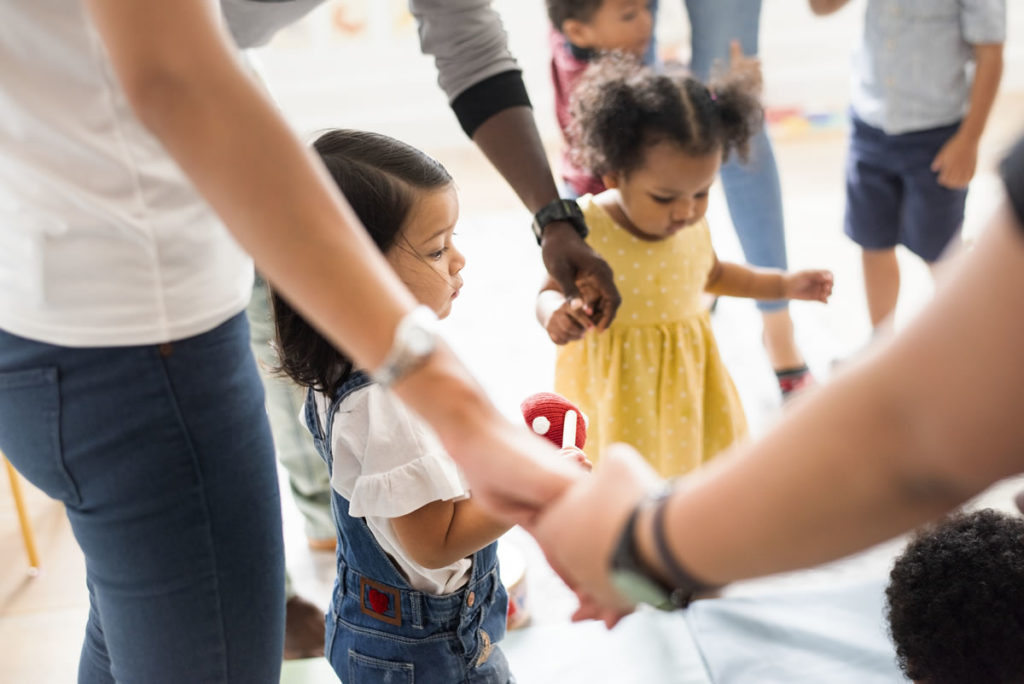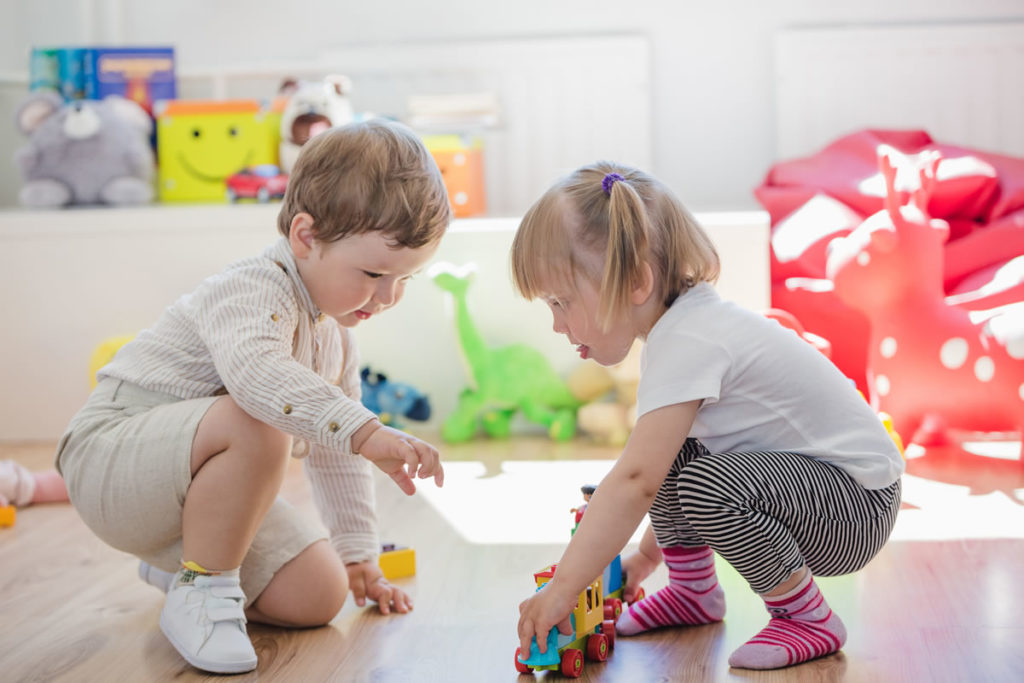If we ask a student about what they learn in school, they will probably answer that letters, numbers, science projects… However, teachers know that what is learned goes far beyond academic abilities.
In preschool, children interact with groups of children their own age on a daily basis, which often happens for the first time. It is in this stage of childhood when a socialization base begins on which the lives of each of these children will be built, and in a greater percentage as they grow older. As the little ones observe and learn from other people, they get a good part of that education that the school provides apart from the academic content.

And is that a very important part of school is learning to get along with other people, especially in the early grades when children go to school for the first time and join a class. Young children are very observant and not only detect differences, they also notice how we adults value differences. This idea is vital to understand diversity from the beginning and avoid taboos and discrimination in the future , that is, it is vital to educate in tolerance and make classrooms inclusive for education to be successful in any school. Schools have the opportunity to counter racial socialization and learned prejudices that children discover elsewhere and, unfortunately, at home as well.
If you are a kindergarten teacher, you may find it difficult to plan classes around such relevant concepts as injustice, inclusion or diversity, but even with simple and subtle didactics children can learn and understand a lot more than adults think a priori.
Strategies to achieve an inclusive and tolerant classroom
- Look for diversity in your own life
For teachers to demonstrate respect and appreciation for differences, they must first examine their own identities and how they contribute to a larger and more diverse community in their day-to-day lives. We can preach the value of diversity , but to do so fully we must surround ourselves with people who are different from us, with ideas that are contrary to ours, or with experiences far from our comfort zones.
There are many ways to do it, even if your time is limited. Looking for newspapers that are not related to your own ideas and reading a large number of books by authors from different cultures can be a good start.
- Give your class a diversity ‘audit’
This kind of audit can be as simple as walking through your class or taking a walk around the city and taking note of the identities and cultures represented in each space, in each material, in each book and photograph …
It is useful to remember also that there are many different types of diversity . If you walk around your classroom, even for a moment putting yourself in the shoes of others, you will also be able to appreciate many differences.
- Commit to your own education
There are always more new things to discover about people and the ways we are diverse. Diversity and anti-racism training must be part of teacher education.
Teachers can focus on making plans whose lessons encourage students and invite them to celebrate the diverse and different identities of their classmates. Even something as subtle as reading children’s stories written by various authors can offer new and interesting perspectives to young people.
- Images and posters for diversity
Pictures make a big impression, especially on younger students. In this sense, teachers can promote tolerance and inclusion by presenting images of children from different cultures on posters to put on the walls or by choosing books that include them for the classroom. Don’t forget to consider the different aspects of diversity: diversity in race, culture, gender, ability …
- Consistent and consistent expectations
Children can begin to internalize messages about their ability or worth early on, so it is very important that you keep your expectations high for all students. If you start to expect less from certain students or seem inconsistent in the way you impart discipline they will notice. In terms of teaching, performance expectations and the way discipline is handled in class must be consistent with all the boys and girls in the group.

- Schedule activities on special days
Don’t stick to the holidays your community or school celebrates. Look for information about other important holidays and dates, whether or not they belong to your own culture. Celebrating notable days each month, in addition to giving dynamism to the class, can expand the horizons and curiosity around other places of the little ones.
- Know and listen to others
Nothing is as powerful as hearing other people’s stories. Let others tell you their stories and listen to them, as this way of interacting and seeing the world can show your students that we all deserve respect. Listening to students and their families is also a very important part of the process.
- Know who you really are
“Who I am? How important is my education to the person I am today? ” To measure our own competence on the issue of inclusivity, we must have emotional intelligence , a vital underlying factor to respond with or without tolerance when we are, for example, faced with a different culture.
When you get to know yourself, be strong in your own identity and are able to empathize with others, you will be able to better understand other cultures and teach it to others as well. Cultural competence is the real key to being more inclusive : knowledge, skills, attitudes or awareness are necessary things to work with different people.
Creating an inclusive classroom starts with perspective and intention. As you begin to implement these ideas, you will create many specific ways to tailor tolerance and inclusion to your classroom.











































































































